Aged Australian beef is raising the steaks
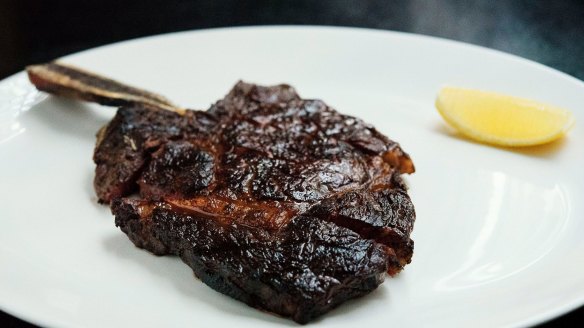
The idea of eating a steak from a cow heading towards its geriatric years may not seem like a high-level gastronomic experience. While most of the beef we eat in Australia is yearling (12 to 18 months), there's a worldwide trend towards eating cattle up to 20 years oldas ethical butchers and sustainable farmers turn what was once almost a waste product into highly valued and incredibly delicious beef.
"Mature cattle are already being consumed, but mostly as ground beef (for burgers)," says American butcher Adam Danforth, an outspoken proponent of sustainable meat production.
The James Beard award-winning author is at the forefront of a growing movement in the US that recognises older cattle as viable sources of high-quality meat. "This means moving away from grinding the entire carcass and appreciating the profound flavour that is available," says Danforth from his home in Oregon.
The meat from older animals won't be as tender, he acknowledges. "The muscles develop in ways that decrease tenderness, mainly through stronger connective tissue and strengthened fibres. But I will take the extraordinary depth of flavour over 'melt in your mouth' tenderness any day."
The main reason we don't get to eat a lot of older animals is pure economics, says Victorian butcher and farmer Allen Snaith, of Warialda Belted Galloway. "The meat industry is centred around young animals that are grown out, fattened up and turned off as quickly as possible. Feed is money and it is simply not affordable to keep an old breeder on the farm if she is no longer productive."
Dairy cows finish their productive life around five years and beef breeders up to double that. These older cattle are sold off as "choppers", an inglorious end in which they are slaughtered and roughly butchered, their muscles boxed, frozen and exported to end up in burgers in the US.
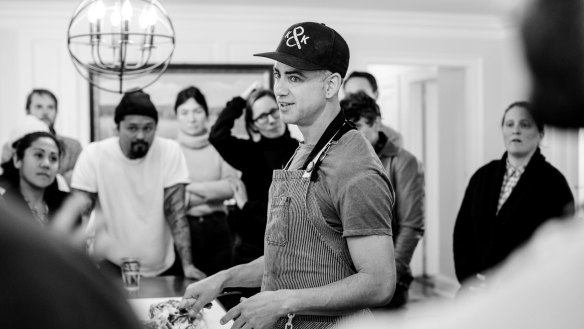
"You hate seeing it happen," Snaith says. Some of his animals, however, are temporarily saved from that fate. Snaith has instigated a mature beef program, carefully selecting the healthiest "old girls", which are sent to a graze on rich pastures in the Yarra Valley for six months. Over this time their condition improves, and they put on weight – around 60 kilograms.
He picks the prime cuts and sends them to top chefs such as Matt Stone at Oakridge in the Yarra Valley, who dry-ages the beef to improve flavour and increase tenderness.
Snaith receives close to $13 a kilogram for these animals, compared with $1.50 a kilogram live weight for a chopper.
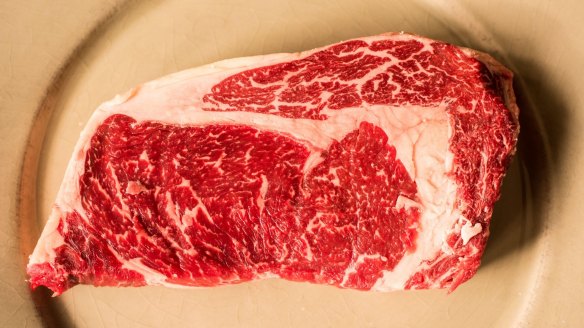
One of Australia's strongest advocates for eating older beef is Sydney chef Neil Perry. "The depth of flavour is second to none," he says.
For many years he was one of the few voices in this country championing the quality of mature beef. His advocacy was largely inspired by a revelatory lunch at Asador Etxebarri, in the mountains between Bilbao and San Sebastian Spain's Basque Country, at the turn of this century. "You go to Northern Spain and the consumption of older animals is simply a way of life," says Perry. At the wood-grill restaurant presently ranked 10th on the World's 50 Best Restaurants, chef Victor Arguinzoniz uses Galician dairy cows aged around 14. "In that part of the world they are eating dairy cattle that are up to 20 years old."
Over the past decade Perry has been quietly creating demand for older meat with the Cape Grim dry-aged vintage 60-month grass-fed steaks he serves at his Rockpool Bar and Grill restaurants in Sydney, Melbourne and Perth. Older breeders from angus and hereford herds are sourced from Northern Tasmania by the Greenham meat company, owners of the Cape Grim brand. They select the best animals and send prime cuts to Perry, who dry-ages them. There a 250-gram fillet steak sells for $59.
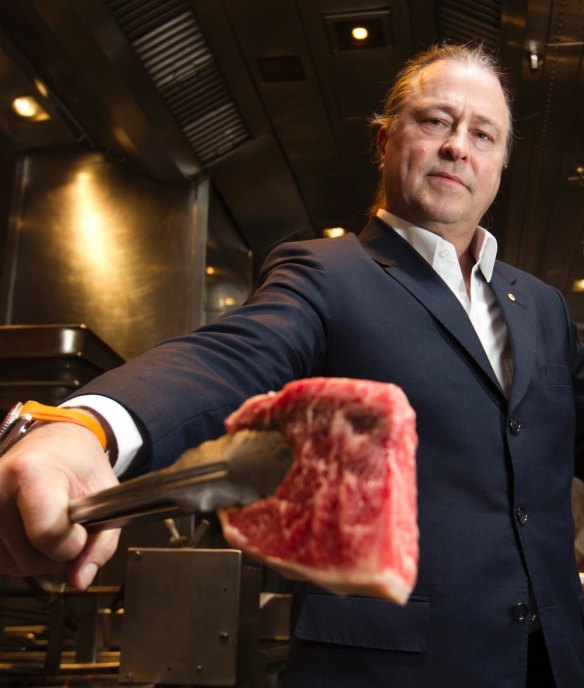
Following the success of this experience and reacting to the rise in international demand for older beef, Greenham has developed a new brand called The Vintage Beef Co, which launches in a few weeks. It will result in cows around six to eight years and up to 12 years being selected in the field.
"You can't just process any old cow and think she is going to eat well," says the company's managing director, Peter Greenham.
Only breeding cows that have been exceptionally well cared for through their lives are sent for slaughter. The carcasses are then graded and the bottom grade is sent off for mince. The second and first grade are hung in a "tender stretch" to optimise tenderness in the prime muscles. The best cuts of the second grade are kept, alongside the carcasses from the top grade, to be sold under the Vintage Beef Co. brand. The brand will also include cattle up to 13 years old from the Robbins Island wagyu herd. The Vintage Beef Co. sells large cuts on the bone to restaurants and butchers for dry-ageing.
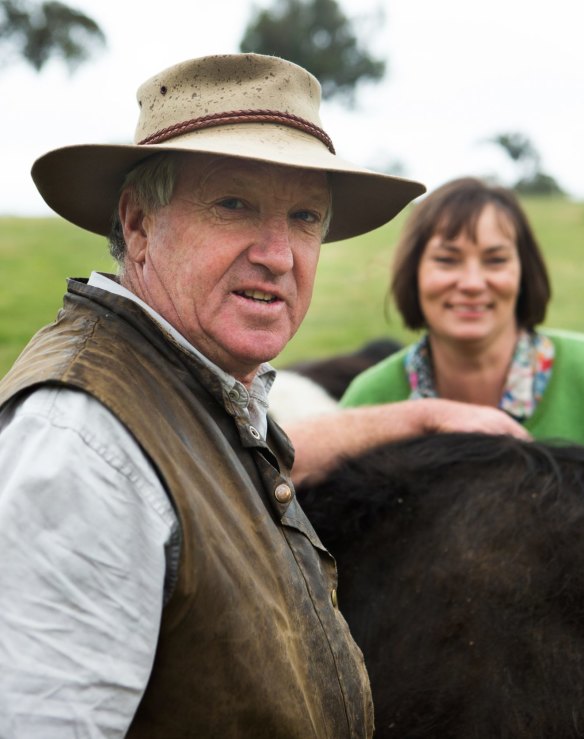
"Proper ageing is essential to the texture of beef from older animals," says Jerome Hoban of Gamekeepers, based in the Melbourne suburb of Moorabbin. The meat distributor and smallgoods manufacturer has invested almost a quarter of a million dollars in a new dry-ageing facility. The low-temperature and controlled-humidity technology allows the naturally occurring enzymes to break down the strong muscle fibres creating meat with full flavour and a pleasant mouthfeel.
"The older animals do take longer to dry-age to get them to be nice and tender," he says.
Hoban is following the European model and sourcing old milking cows, starting with seven-year-old jersey cows from the lush dairy country of South Gippsland in Victoria's east. "While normally we age beef for 28 days, we will be taking out these animals to five to six weeks," he says.
Milk breeds, like the ones served in Asador Etxebarri, have deep yellow fat from the accumulation of naturally occurring beta carotenes in the grass. Hoban concedes that while this is delicious, consumers used to yearling beef with white fat, will need educating. "I think very shortly you will be seeing a lot more pubs and restaurants offering not only grass-fed and grain-fed but also offering a steak from an older, dry-aged animal," says Hoban.
The proof, however, is in the eating. In this case, a 500-gram sirloin from an eight-year-old cow. It is one of the first steaks from the Vintage Beef Co. and was dry-aged by Gary McBean at Gary's Quality Meats at Melbourne's Prahran Market. "We have trialled this with customers who spend hundreds of dollars each week on steak and they think it is the best they have had," says McBean.
We grill our sample medium rare and rest it for 10 minutes yet there are still signs of marbled fat through the deep red flesh. It carries a full beefy aroma and the attractive punch of seared meat. In the mouth it is more than juicy. It is ridiculously rich, with a flavour that goes on and on like a shout bouncing around a canyon. The finish is clean and pleasant, with a lingering sensation of savouriness. Tender? Yes, it yields to the knife and gives way under pressure from the teeth, but it doesn't melt in the mouth. This steak is all about flavour.
Danforth agrees. "Meat from older animals is delicious and very worthy of being a centre-of-the-plate protein." He says that because of the strong connective tissue between the muscles, older animals sometimes need to be butchered differently, something will be demonstrating when he visits Australia next week. "These animals deserve our respect."
Victorian farmer Allen Snaith adds: "I hate sending the old girls off in a truck to be turned into mince for American burgers so I feel like it's doing them justice to give them a good send off and let them go out with a bang."
Adam Danforth will be appearing at Slow Meat Symposium 2018 on September 23-24, in Daylesford, Victoria and at Feather and Bone in Marrickville, Sydney, on September 29.
Restaurant reviews, news and the hottest openings served to your inbox.
Sign up- More:
- Restaurant news
